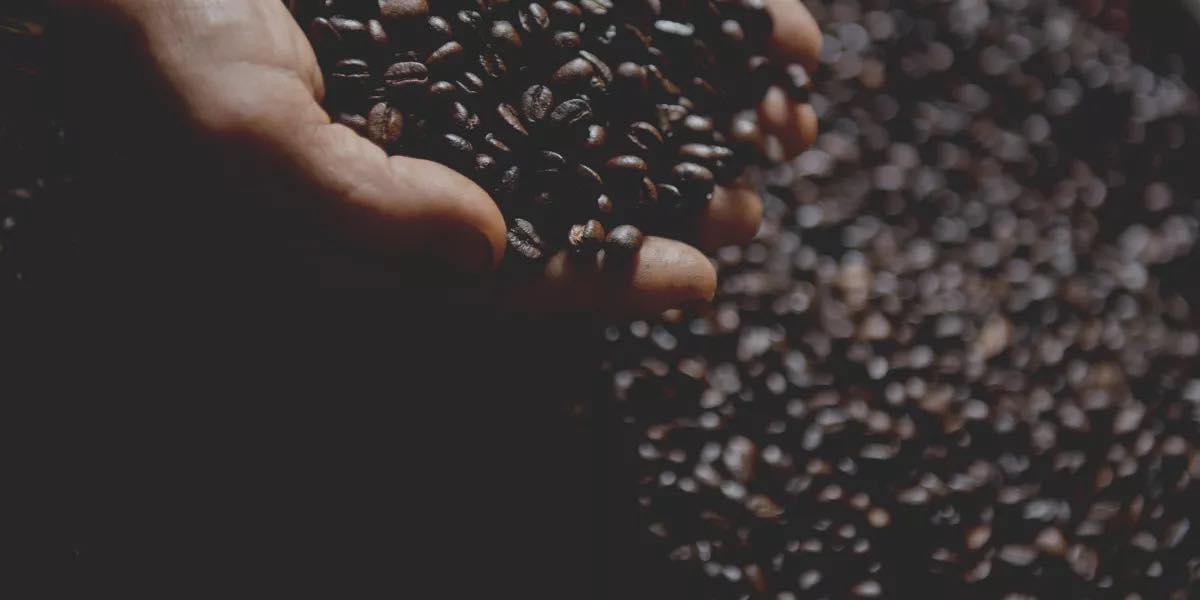You may have noticed that some coffee bag labels brag about the fact that their coffee beans are 100% Arabica. Although it does sound like something magicians say, it isn’t gibberish – it refers to the type of coffee species in which the beans are from.
There are over 100 coffee species, however the two main ones that are widely produced and sold are: Coffea Arabica and Coffea Canephora (also known as Coffea Robusta).
However, even within a single varietal of coffee, different and often unpredictable growing conditions and process methods will produce a varying flavour profile in the resulting cup, and a successful coffee bean may exhibit a completely distinct set of characteristics when grown in one location as compared to another.
Differences between the two coffee species
Taste
Arabica coffee beans are considered superior in taste. Arabica tends to have a smoother, sweeter taste, with tons of chocolate or sugar, and often fruits or berries. Robusta, on the other hand, has a stronger, harsher and more bitter taste, with grainy or rubbery tones.
Growing Conditions
A big difference between Arabica and Robusta Coffees are the conditions in which they are grown. Arabica coffee is grown anywhere upwards of 600+m on mountain tops and tropical environments. Whereas Robusta coffee is grown anywhere from sea level to around 600m. Robusta coffees also produce a harder fruit and thus are not as susceptible to pesky insects. Arabica on the other hand is more fragile and can be damaged by bugs.
Caffeine Content
What do you think contains more caffeine? Arabica or Robusta? Surprisingly most people would say Arabica but, Robusta coffee actually has a higher caffeine content. Robusta is used quite frequently in instant coffee and as a blend additive to help give a specific coffee mix an extra "jolt." In fact, Robusta has about 2.7% caffeine content while Arabica holds 1.5%
Physical Bean Traits
Arabica coffee beans are slightly larger and have an elliptical shape compared to the smaller, more round Robusta beans. Structural differences also exist between the beans, which may explain why both beans roast differently under identical conditions.
Cultivation
One of the great things about the Robusta coffee plant is that it is very resilient. It’s grown at low altitudes and is resistant to pests and disease. The reason why is partly due to the high caffeine content per bean—pests detest the bitter flavor of caffeine and its microbial properties lends itself well in defense of disease. Arabica coffee plants are fragile and require a lot of nutrients. It must be grown at high elevation in cool, subtropical climates with lots of moisture, nutrient dense soil, and a balance of both shade and sun. Because of its fragility, Arabica coffee plants are susceptible to pests, cold temperature, or poor handling.
Lipid & Sugar content
Arabica contains almost 60% more lipids and almost twice the concentration of sugar than Robusta. This factor also probably has a big impact on why we prefer the taste of Arabica.
Plant Height
Arabica usually grows between 2.5 – 4.5 meters compared to the 4.5 – 6-meter height of Robusta.
Price
Robusta is a lot easier and cheaper to produce, so it's cheaper than arabica coffee. Arabica coffee is more expensive than Robusta because it requires more energy and resources to grow the Arabica coffee plant.
Chlorogenic acid (CGA) content
CGA is a significant antioxidant and an insect deterrent. Robusta has 7-10% CGA content and Arabica has 5.5-8% CGA content.
Crop
Approximately 75% of world coffee production is Arabica, while 25% is Robusta. Latin America is the largest Arabica producer in the world, while Vietnam produces the largest amount of Robusta coffee. In addition, the Arabica spice has a flowering time of 7 to 9 months, while the Robusta coffee has a flowering time of 9 to 11 months.

